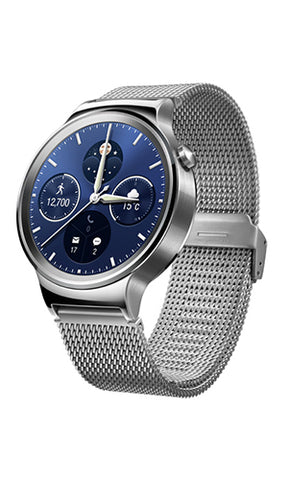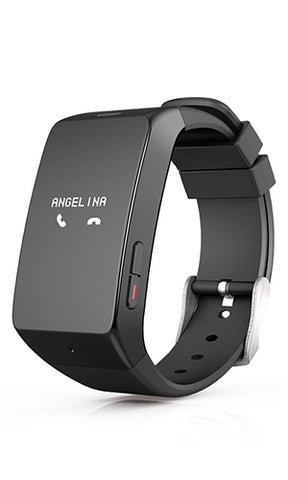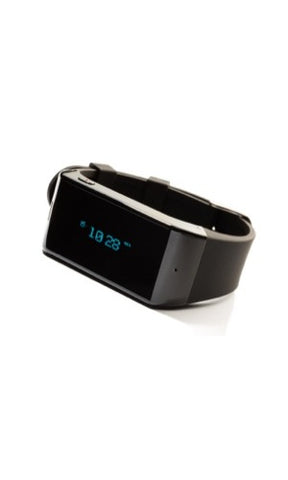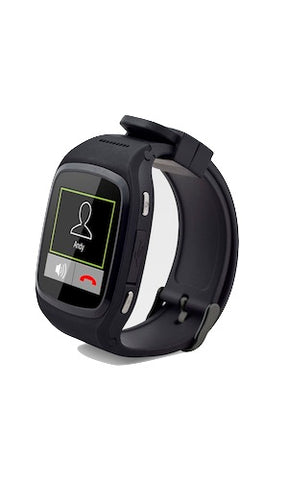Wearables & IoT Move Forward with ARM’s Newest Processor
Written By
Wearables.com
The Internet of Things just got a little more exciting with the release of ARM’s new 32-bit Cortex M7 processor. Being that these smart devices don’t exactly have traditional user interfaces, like the highly publicized Nest Thermostat, they require an entirely different processor that up until now didn’t have the computing power for the battery life needed.
According to ARM, the M7 is a big step forward for these devices. The chip apparently doubles the performance of the M4, which is needed for more sophisticated computing and functionality that products haven’t been able to deliver due to lack of processing power. For example, The Pebble currently uses an M3 processor in its smartwatch. If it were to upgrade to the M7, the watch could run more apps, last longer, and be more responsive. In terms of more non-traditional devices, a la the Internet of Things, the trouble these devices have had is constantly running even moderately complex programs on little power. The M7 in combination with another mobile processor could run smart systems and do it efficiently.
Some features of the M7 include: a six stage, superscalar pipeline delivering 2,000 Coremarks at 400MHz in a 40LP process; AXI interconnect supporting 64-bit transfer and integrated optional caches for instruction and data allowing efficient access to large external memories and powerful peripherals; and tightly coupled memory interfaces for rapid response.
In short, this is a big step forward for mobile devices of all kinds.
The post Wearables & IoT Move Forward with ARM’s Newest Processor appeared first on Wearables.com.
Tags: Apps, Bands, Smartwatches





